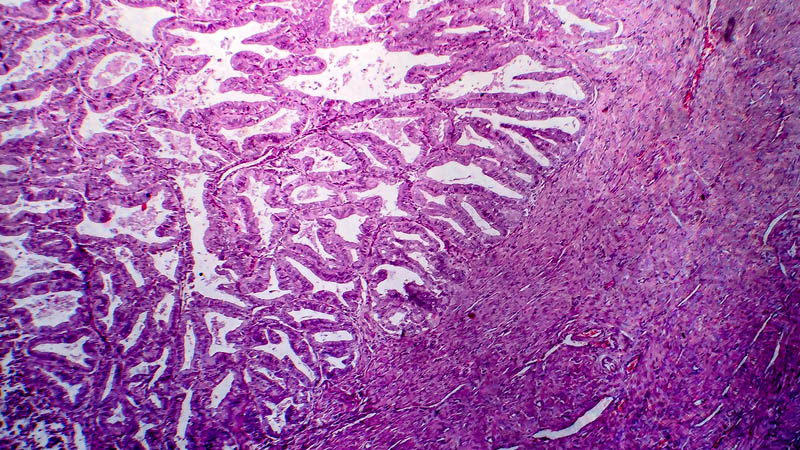The role of selected populations of immune cells in the pathogenesis of endometriosis
 Affiliacja i adres do korespondencji
Affiliacja i adres do korespondencjiEndometriosis is diagnosed in approximately 5–10% of women in their childbearing years and is characterized by the presence of endometrial tissue outside the uterus. The translocated endometrial cells are able to infiltrate adjacent tissues and distant organs, leading to their dysfunction. Despite numerous studies on the pathogenesis of endometriosis, its etiology has not yet been clearly explained. Predisposing factors include hyperestrogenism, congenital uterine anomalies, early menarche, and short menstrual cycles with long and heavy bleeding. Disturbances in the number and function of immune cells as well as the presence of factors determining the survival, implantation and proliferation of endometrial cells have been shown in patients with endometriosis. The activity of both peripheral and peritoneal macrophages, NK cells, cytotoxic lymphocytes and dendritic cells is affected. These cells are responsible for eliminating erythrocytes, menstrual blood cells and cells undergoing apoptosis. Furthermore, the latest research indicates the presence and altered activity of regulatory T cells and myeloid-derived suppressor cells in patients with endometriosis. However, it is still not known whether dysfunctions of these cell populations induce endometriosis or whether they are a consequence of ectopic endometrial proliferation. According to latest reports, endometrial foci may be precursors of endometrioid or clear-cell ovarian carcinoma. A thorough understanding of the mechanisms underlying the disorders associated with the above-mentioned cell populations may be crucial for identifying patients at increased risk of endometriosis-associated ovarian tumor and implementing appropriate preventive measures. The paper describes the role of selected immune cell populations in stimulating implantation, proliferation and angiogenesis in patients with endometriosis.









